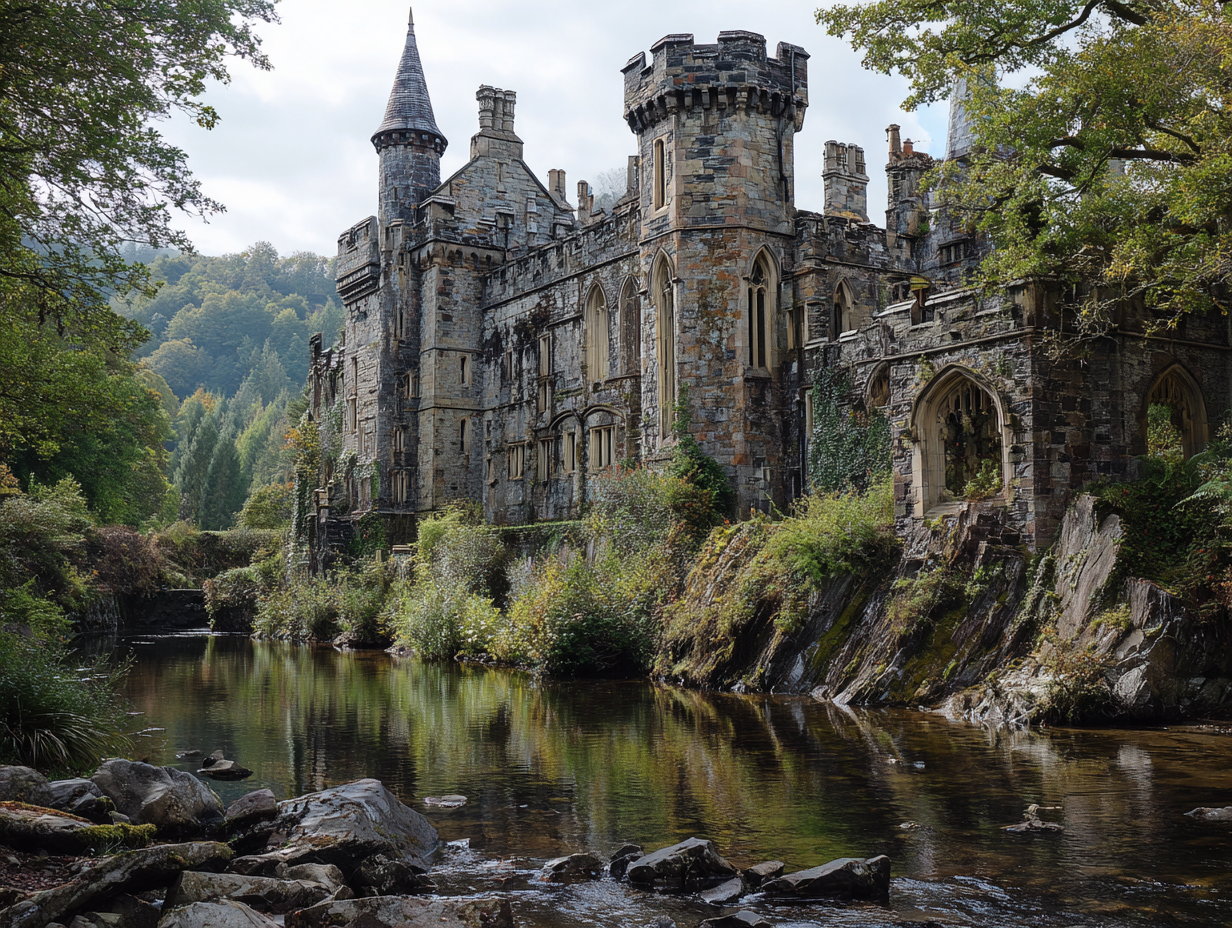For thousands of years, walls were more than just stone defences, they were the heart and identity of urban life. Civilisations built walled cities to protect trade routes, guard royal families, house spiritual centres, and demonstrate power. Within these fortified boundaries, people lived, traded, celebrated, and built cultures that would influence generations. Today, while most ancient walls have crumbled or been absorbed into modern expansions, a handful of extraordinary walled cities still survive, and we are here to take a good look at some of them. Here we have a list of walled cities that are relevant even in modern times. These cities offer travellers an unmatched opportunity to walk through working markets, quiet residential lanes, and monumental gateways that have witnessed invasions, empires, and revolutions.
Dubrovnik, Croatia
Dubrovnik’s stone walls form the city’s iconic silhouette, an unforgettable sight. Constructed between the 12th and 17th centuries, these fortifications were designed to protect a thriving maritime republic. The walls, complete with massive forts, towers, and bastions, encircle the entire Old Town. A walk along the ramparts offers panoramic views of terracotta rooftops, sparkling blue waters, and narrow limestone streets with several pretty cafés, churches, and homes.
Cartagena, Colombia
Cartagena’s walled city was built to defend the region’s most prized port from pirates and rival empires. Inside the walls, travellers get to see pastel-coloured balconies overflowing with bougainvillea, lively plazas, centuries-old convents, and music that drifts into the warm evening air. The combination of coastal views, historical significance, and infectious energy makes Cartagena one of the most atmospheric walled cities in the world.
Jaisalmer Fort, India
Jaisalmer Fort or the Golden Fort is one of the world’s last fully inhabited forts. The fort was built in 1156 CE by Rawal Jaisal. This golden sandstone citadel rises from the Thar Desert like a mirage, glowing golden under the desert sun. Hence the nickname – Golden Fort. Inside its massive ramparts lives a thriving community, shops selling colourful textiles, intricate Jain temples, centuries-old havelis carved like lace, rooftop cafés overlooking dunes, and winding alleys alive with local families.
Jerusalem, Israel
Jerusalem’s Old City is one of the most historically significant places on earth, enclosed by walls constructed in the 16th century by Ottoman Sultan Suleiman the Magnificent. Within its gates lie four ancient quarters, Christian, Jewish, Muslim and Armenian, each offering its own sacred landmarks, vibrant bazaars, and layered histories. Pilgrims and travellers walk the same narrow streets that have witnessed millennia of cultural convergence and conflict
Carcassonne, France
Imagine a fairy tale, and then take a look at La Cité, Carcassonne’s fortified citadel. With 52 towers, a double ring of ramparts, and charming medieval streets, Carcassonne is as dreamy as they get. Its origins go back to the Gallo-Roman era, but it was during the Middle Ages that Carcassonne became one of France’s greatest fortresses. Today, Carcassonne’s winding lanes are homes to shops, cafés, and residents, making this a living museum, much like India’s Jaisalmer Fort. At night, the illuminated towers are a sight to see.



